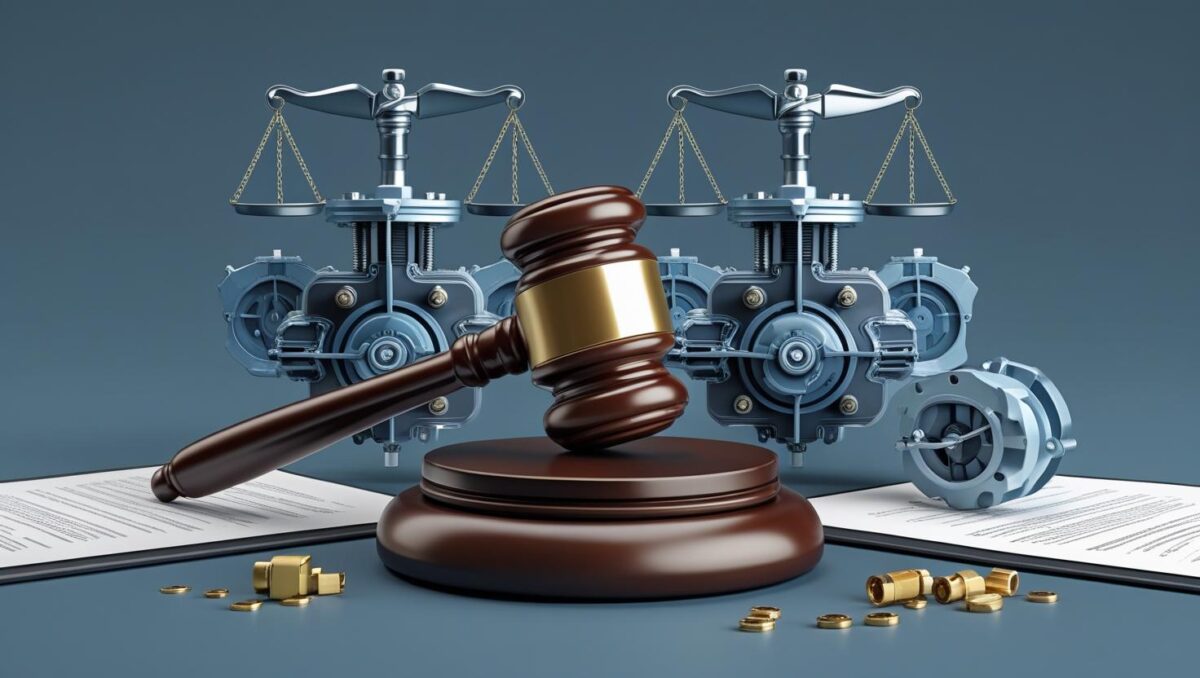Delhi High Court restores Synertec’s patent application, ruling that agent error, not intent, caused the missed Form-18 deadline.
Read more about Delhi High Court Grants Patent Application Restoration After Agent’s ErrorCategory: Accessibility
Towards an Inclusive and Accessible IP Society and Ecosystem: Happy International Day of Persons with Disabilities
On this International Day of Persons with Disabilities, we put forth the need for an inclusive IP ecosystem. For many IP attorneys, innovators, and creators with disabilities, accessibility hurdles continue to make engagement difficult and exclusionary. A system that is accessible by design, responsive to facilitation requests, and welcoming of diverse contributors can transform the IP landscape and ensure that persons with disabilities are recognised as equal and essential members of the creative and innovative community.
Read more about Towards an Inclusive and Accessible IP Society and Ecosystem: Happy International Day of Persons with DisabilitiesMadras High Court Overturns Patent Refusal for Ab Initio’s Data Lineage Invention
Madras High Court patent judgment backs Ab Initio’s data lineage invention, affirming novelty and inventive step in software patents.
Read more about Madras High Court Overturns Patent Refusal for Ab Initio’s Data Lineage InventionFrimline v. K-SMATCO: Delhi HC Rules Firmly in Pharmaceutical Patent Infringement Case
In Frimline v. K-SMATCO, Delhi HC granted interim relief over patent IN 382949, citing strong prima facie infringement of Frimline’s pharmaceutical formulation.
Read more about Frimline v. K-SMATCO: Delhi HC Rules Firmly in Pharmaceutical Patent Infringement CaseCRI Patentability Affirmed: Madras High Court Rules in Favor of Syngene
Madras HC upholds CRI patentability in Syngene’s case, ruling novel hardware isn’t a prerequisite for protection under Section 3(k).
Read more about CRI Patentability Affirmed: Madras High Court Rules in Favor of SyngenePharmacyclics Divisional Patent Application Upheld by Calcutta High Court
Calcutta High Court upholds Pharmacyclics divisional patent application for ibrutinib-anti-CD20 therapy, interpreting Section 16 of the Patents Act, 1970.
Read more about Pharmacyclics Divisional Patent Application Upheld by Calcutta High CourtDelhi High Court Patent Injunction: Aquestia Wins Against Automat Industries
Delhi High Court grants patent injunction to Aquestia, stopping Automat from selling Hydromat valves over suspected patent infringement.
Read more about Delhi High Court Patent Injunction: Aquestia Wins Against Automat IndustriesWhen Copyright, AI, and Regulation Interact: Where Does Accessibility Stand?
In the short time that AI applications and technologies were fully functional, accessibility took a huge step forward by enabling persons with disabilities to create accessible format works. But this seems to be regressing, and unless appropriate steps are taken, the advantage of AI to persons with disabilities may once again be limited to a small percentage of the content being created… Even though the law permits conversion into accessible formats, the tools available to users may no longer support it. This can lead to a situation where a legal right cannot be fully exercised because the available technology, though capable, may no longer facilitate accessible content creation.
Read more about When Copyright, AI, and Regulation Interact: Where Does Accessibility Stand?AI Accessibility Tools and Innovations for Persons with Blindness – GAAD 2025
On the occasion of Global Accessibility Awareness Day (GAAD) 2025, some of the global tech giants showcased AI accessibility tools designed to support persons with blindness. These innovations include Braille notetaking, smart glasses, AI-powered screen readers, and inclusive shopping apps. This post highlights how these tools are enhancing digital access and independence.
Read more about AI Accessibility Tools and Innovations for Persons with Blindness – GAAD 2025Digital KYC Accessibility and IP Law: Enabling Independent IP Practice for Persons with Disabilities
The Supreme Court’s ruling on Digital KYC Accessibility marks a significant step towards inclusive digital infrastructure for persons with disabilities. The blog examines the judgment’s emphasis on accessibility standards and its broader implications for independent IP practice, particularly in the context of the Indian IP Office’s ongoing accessibility challenges.
Read more about Digital KYC Accessibility and IP Law: Enabling Independent IP Practice for Persons with Disabilities








